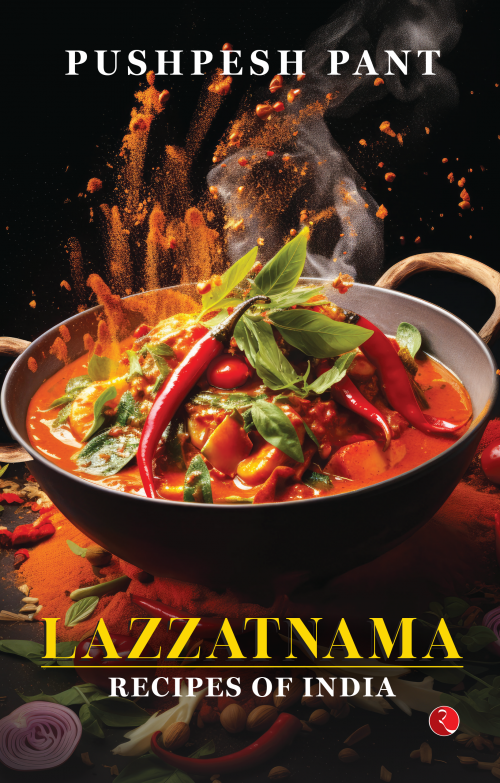From Al Biruni to ‘kedgeree’, the humble rice-and-lentils dish has made a long journey The famous Arab traveller al-Biruni had recorded in his travelogue that common Indians sustain themselves on a porridge-like dish made with rice and lentils which they call . Al-Biruni came to India more than a thousand years ago. However, the earliest mention of khichdi can be traced back a thousand years before the birth of Christ.
The Sanskrit word for this staple food is . Across millennia, the khichdi has evolved to take many forms—from a simple concoction of boiled rice and lentils to a rich delicacy cooked in ghee with assorted vegetables, dried fruits and nuts. This is one of the traditional delicacies cooked during festivals like Durga Puja, Makar Sankranti and Pongal.

The khichdi was so prevalent across India that the anglicized version of its name—kedgeree—refers to a popular British breakfast food consisting of a mixture of leftover fish from the previous night along with a good measure of curry powder, hard-boiled eggs and other condiments. Perhaps the most elaborate and refined form of khichdi is the one that was cooked and served to celebrate Prince Salim’s victory over the Sultan of Gujarat. Bajra khichdi was the ‘state dish’ of Gujarat and, in a manner of speaking, its choice for the royal banquet was to announce the digestion of the troublesome state by the imperial centre.
Legend has it that Birbal, one of the navratna (nine gems) of Akbar’s court, was p.























